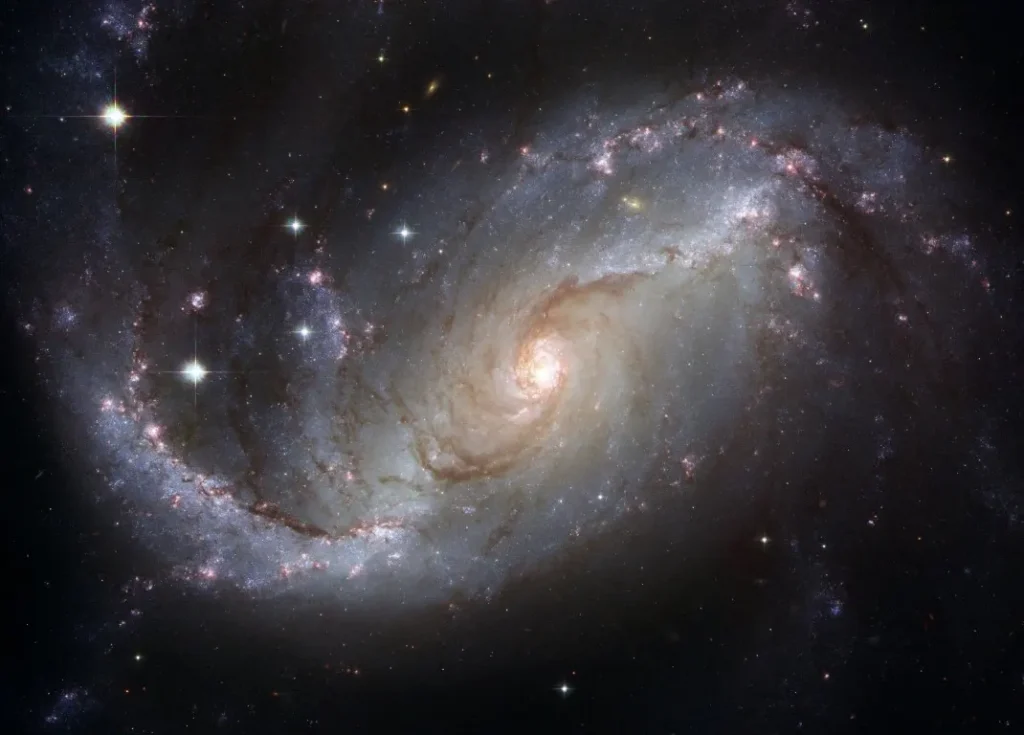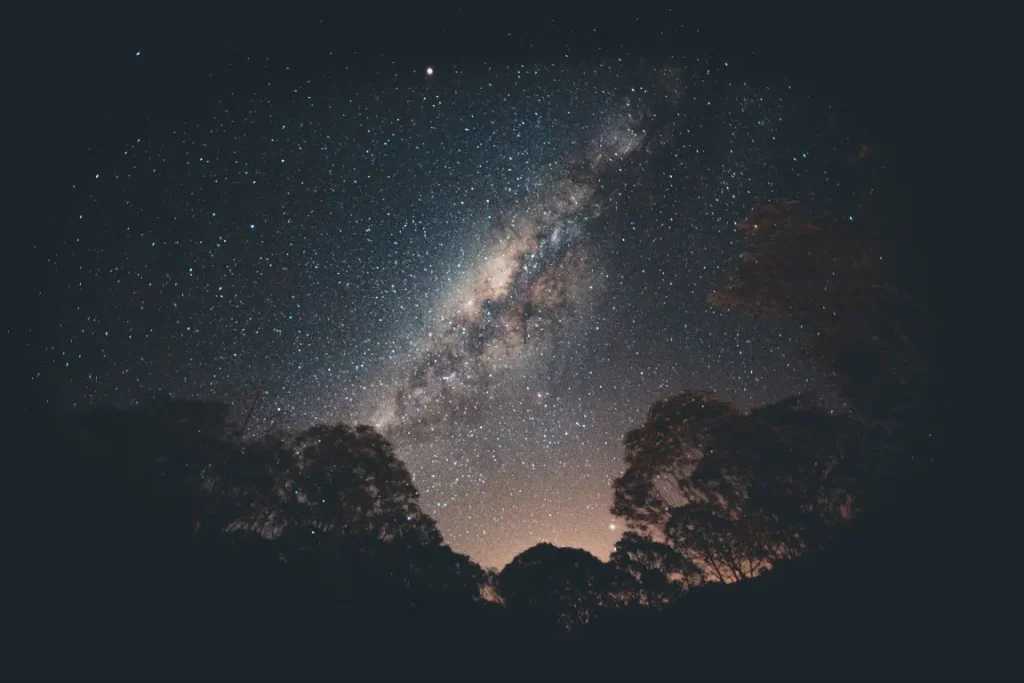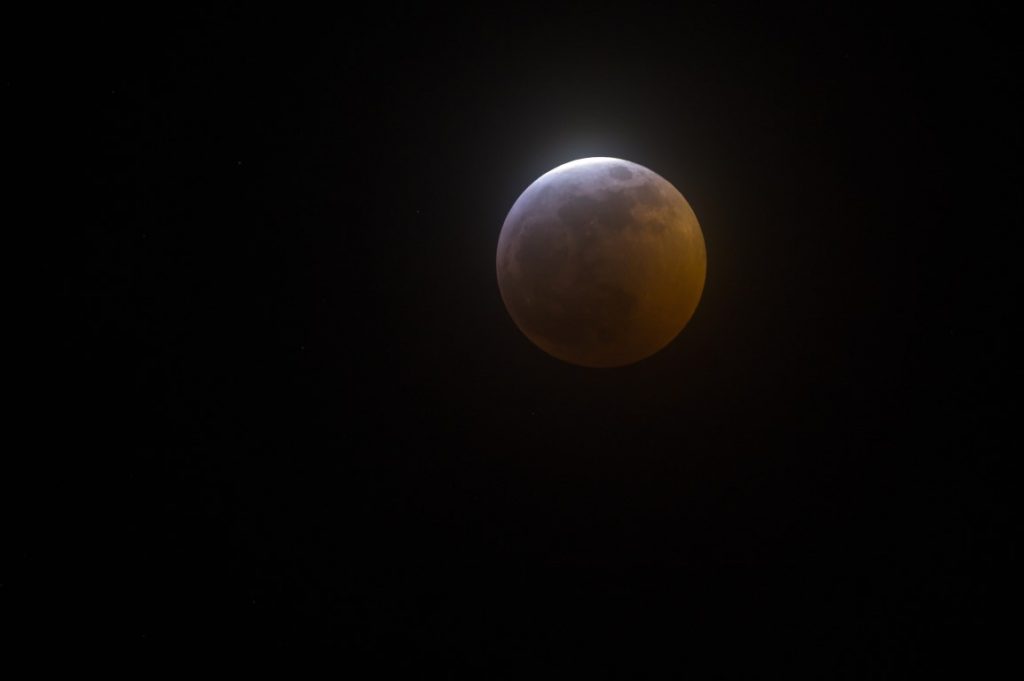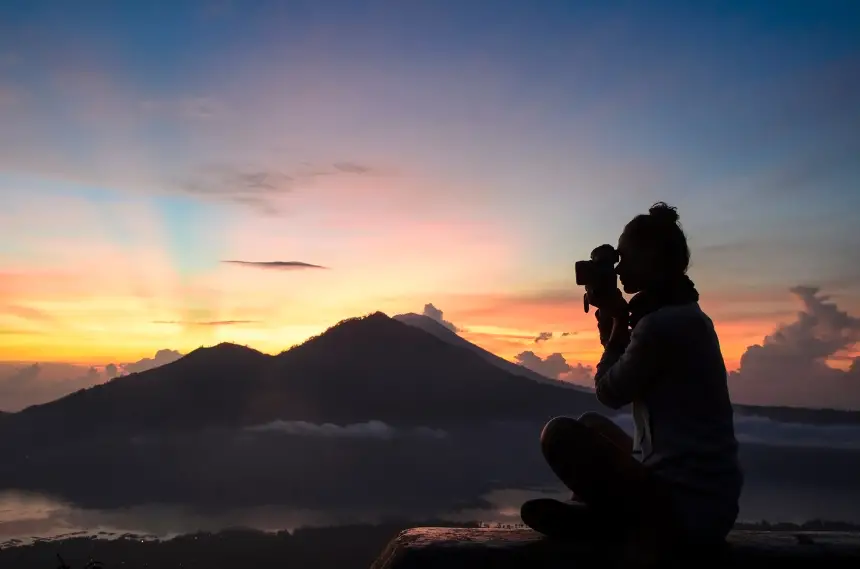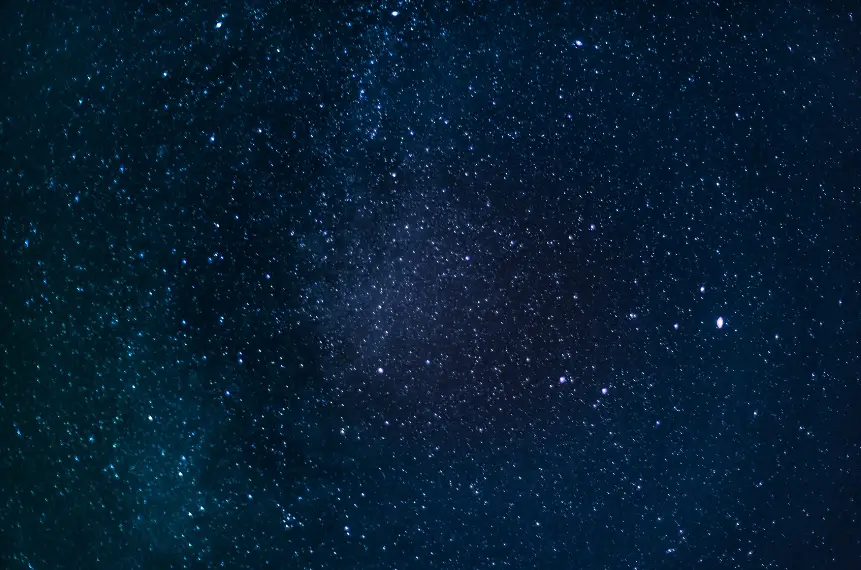
Noise in astrophotography is the disturbing signals that arises when less light is allowed in the camera. Since most pictures of the skies are captured at night, the low light available results to different types of noises.
Keep reading to find out how you can get rid of these noises for perfect skies pictures.
How do you get rid of noise in astrophotography?
Since most pictures of the skies are taken at night, the noise issue is one of the main problems astrophographers encounter. Unless you have a powerful camera that automatically get rid of noise you will have to learn about noise.
- Take note of exposure: From our previous article on exposure, it was evident that if you use short exposure, the images will be dark. Again, if you use too long exposures, your pictures might have too much noise. You should therefore take pictures in settings that balances the brightness and the shadow. For astrophotography, that exposure is at 120 seconds.
- Regulate the shutter speed. The shutter speed of your camera determines the amount of light photons collected at a unit time. During the day, light is readily available. So, the shutter speed can close faster and the picture will be brighter.
This is not the case when taking pictures at night. The shutter speed can take too long to close because of lack of light. When a picture take too long to be processed, a lot of noise is evident.
So, if you want go get rid of noise, deal with the shutter speed of your camera. However, you will need to learn about different types of noise in astrophotography.
What is noise in astrophotography? (Different Types of Noise)
Before we get to talk about the different types of noise in astrophotography, you need to know how noise manifest in pictures.
Noise in astrophotography are disturbances in the pictures that arise due to low light that reaches the camera software. Let me explain in layman’s language.
Do you remember the old televisions that could display some rainy effects if the signal is not strong. And, the more you get closer to the ideal signal, you can see the disturbing rainy effect reduce. This is what happens in astrophotography.
Since the pictures are taken at night, the shutter speed might take too long to close.
Due to the prolonged focusing, the camera end up picking other objects in the sky like some shadows, dark corners and other disturbances found in the skies at night.
This other objects captured when the camera is still focusing is known as noise.
There are different types of noises in astrophotography. The topic of noise on astrophotography is vast . Therefore, we will briefly introduce the different types of noises and later we will discuss the topic on details.
Photon noise/short noise.
This is the type of noise that occur naturally due to the distance between the light photons.
You cannot control this type of noise since it occurs naturally.
The only remedy is stalking images.
Thermal signal noise
This is the noise that arise in pictures due to build up of electrons that are generated through thermal reaction. The thermal signal or dark current appears when the temperatures of the sensor is too high. Cooling is therefore an important step in Astrophotography.
Since most DSLRs cameras don’t have a cooling function, you can get rid of thermal signal noise by Dithering.
Read noise
Read noise is the noise that arises when the amplifier is reading the electrons charge. If there is build up of electrons, read noise will arise.
To prevent this type of noise, invest in a high quality camera with a perfect build.
Hot and cold pixels
Both hot and cold pixels are already unwanted signals. They distract the camera to pick the necessary signals.
You can get rid of these type of noise by applying pixel rejection when editing. Dithering can be also helpful in this situation.
Bias noise
This is the type of noise that arise due to the build of the camera. If there is presence of weak electrons in the camera’s sensor, noise will be evident on the pictures.
The best way to deal with this issue is to calibrate your frames with superbias.
This video provides you to great explanation about calibration frames
Air glow
Due to the different photons available in the atmosphere, some photons will always be captured when taking pictures of the skies or the moon. The photons captured results into some noise.
Since air glow noise is natural, you can avoid it by ideal timing of the objects you want to shoot. For example, you should take pictures of the moon when it is up the skies not closer to atmosphere.
Cosmic rays
There will be always other planetary bodies that reach the earth. A good example is the sun rays.
Although this is some type of noise, cosmic rays adds some appeal to the picture. You can however reduce this noise by using noise rejection.
Walking noise
This is the noise that happens due to irregular polar arrangement or when there is a difference between in flexure between your lenses and the camera. Walking noise might result due to many other reason that cause a misalignment in the sensor.
Dithering can reduce the case of walking noise by a great extent. Alternatively, you can use the noise reduction function in your cameras ISO settings.
If you want to know more about walking noise, you can refer my previous article on what is walking noise astrophotography
Digital noise
Digital noise as the name suggests is caused by malfunction in your camera. It can occur when the sensor heats up when processing the images causing noise.
Another reason why digital noise arise is when the sensitivity of ISO or sensor increases too much.
You can get rid of this type of noise by investing in high quality cameras specifically made for astrophotography. It is also possible to remove digital noise when editing the pictures.
As seen most of the noises are naturally occurring, you can therefore utilise the different features available in the camera to get rid of the noise.
How do you get less noise in astrophotography?
You can get rid of noise in astrophotography by investing in a quality camera.
- Choose a quality camera: Quality cameras have the capability to balance the brightness and colour resulting into magnificent pictures.
- Find perfect Lenses: Lenses with a larger focal length capability can cancel the noises and have a perfect zoom.
- Use a tripod: If a camera can remain steady for when it is focusing, it will eliminate most of the noise.
- Balance the aperture, the shutter-speed and ISO settings.
Best cameras for low noise
Choosing the best cameras for astrophotography is not that complicated. However, all the factors that make a camera good for astrophotography should be considered.
One of this factors is choosing a camera that does not introduce a lot of noise in presence of high ISO sensitivity.
Another thing to consider is the frames of the sensor. For landscape shots, sensors with full frame reduce a lot of processes when reducing noise during picture editing.
The last thing you should check in a camera for planetary astrophotos is the auto focus. You don’t need to keep checking the image through the tiny whole on the camera. Cameras with a tilt angle are the best.
I would like to recommend some of the best cameras for low noise in astrophotography according my experience as follows.
- Fujifilm X-T4
The Fujifilm X-T4 is a crop-sensor camera that offers outstanding image quality and low noise performance.
It has a 26.1 MP APS-C sensor, in-body image stabilization, and advanced autofocus capabilities.
Its noise reduction features are also quite good, with options for long exposure noise reduction and high ISO noise reduction.
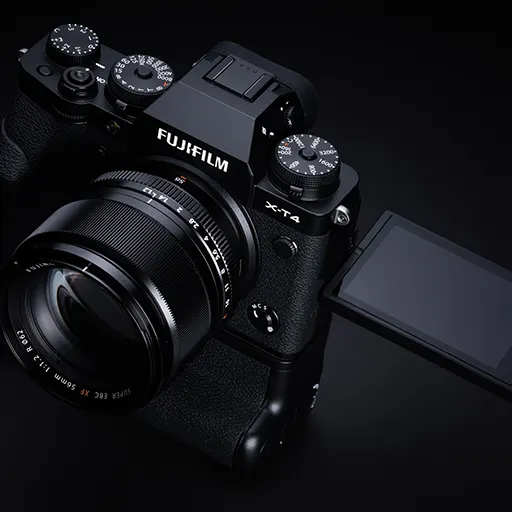
- Sony A7S III
With a full-frame 12.1 MP sensor and impressive low-light performance, the Sony A7S III is one of the best cameras for astrophotography.
It also features advanced noise reduction algorithms and high-speed data readout for minimal noise.
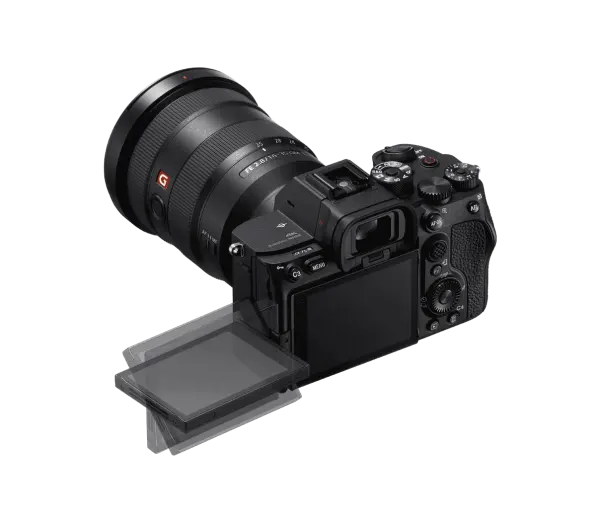
- Canon EOS Ra
The Canon EOS Ra is a dedicated astrophotography camera that is specifically designed for capturing images of the night sky.
It features a modified IR-cut filter that allows more hydrogen-alpha light to reach the sensor, resulting in better detail and color in astrophotography images.
Its noise reduction capabilities are also quite impressive, with various options for reducing noise in-camera.
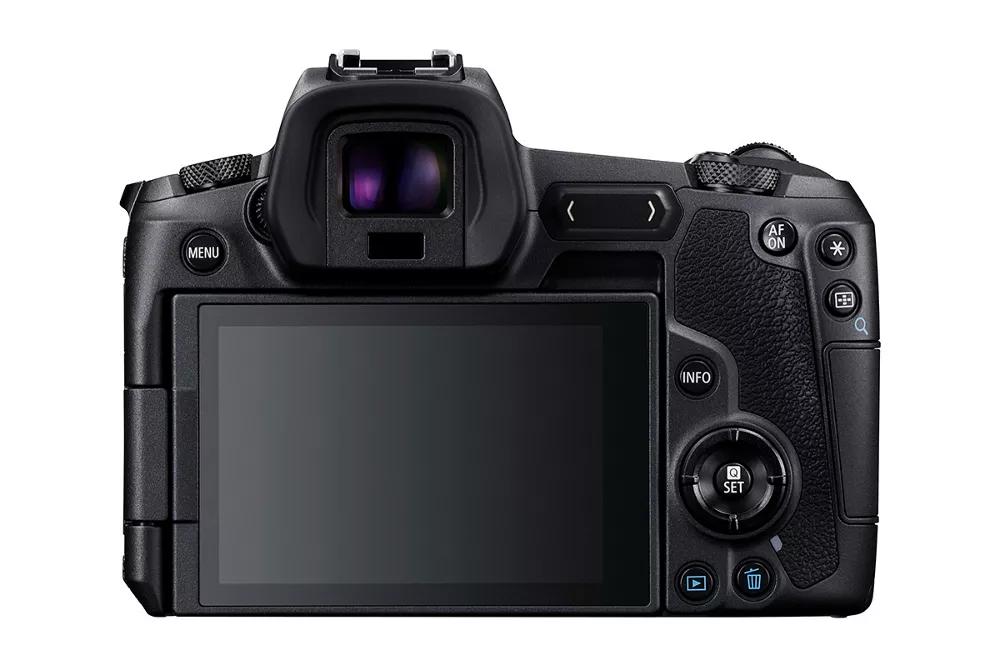
- Nikon D750
The Nikon D750 is a popular choice for astrophotography due to its low noise performance. Its 24.3 megapixel full-frame sensor produces clean and clear images with excellent low-light capabilities. The camera also has a wide ISO range and advanced noise reduction features, making it a reliable option for capturing stunning images of the night sky.
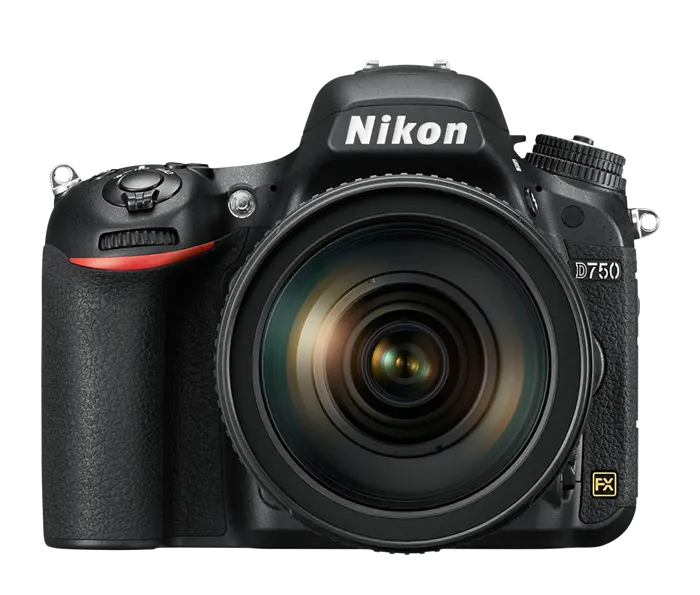
- Nikon D810A
The Nikon D810A is a great choice for astrophotography enthusiasts who are looking for a camera with low noise.
This camera boasts a 36.3-megapixel full-frame sensor that delivers stunning image quality with low noise, making it ideal for capturing the night sky.
The camera also comes with a specialized infrared (IR) cut filter that is designed to enhance the visibility of H-alpha spectral line emissions, making it perfect for astrophotography.
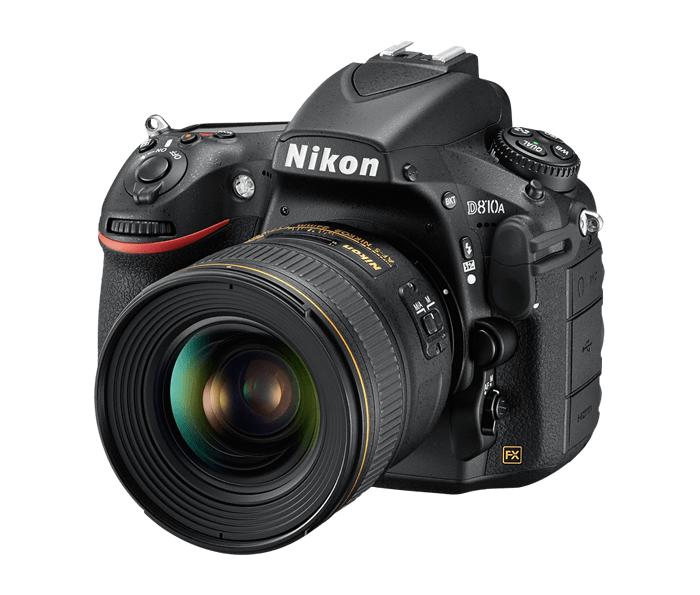
Should you turn Noise Reduction On or Off for Astrophotography?
With the rise in number of people who are into deep skies photography, the competition for spectacular pictures ahs increased. For this reason, anyone who wants to venture in Astrophotography should learn about noise reduction.
Luckily, most cameras are coming with a noise reduction feature that helps get rid of the unwanted noise in planetary pictures.
Some of the advantages of using noise reduction features in Astrophotography include;
Advantages of reducing noise
- The picture will be showcasing the most accurate picture of the planetary body in subject.
- You do not have to use a lot of editing apps to get rid of the noise.
- Turning on the noise reduction feature in a camera will save you a lot of time.
Disadvantages
- Turning on the noise reduction feature results to long processing time.
- You may loose a track of stars due to long processing time.
- Some planetary bodies like cosmic rays which beautify the pictures might be eliminated as noise.
Despite of the few disadvantages, it is better to turn on the noise reduction feature on your camera when doing astrophotography shoots.
Best techniques to reduce the noise
During my astrophotography journey, I have been trying to find the most efficient noise reduction method.
Actually, I always used Pixinsight and Photoshop for my editing because both offer some excellent noise reduction techniques.
Here are some of them.
Pixinsight:
PixInsight is a powerful image processing software that is designed specifically for astrophotography. It offers a range of advanced noise reduction tools, including
- TGV denoise
- Multiscale linear transformer
- EZ denoise.
These tools work by analyzing the noise in your images and selectively removing it, leaving you with clean, sharp pictures.
You can learn more about PixInsight and its noise reduction tools here.
Photoshop
Photoshop is a popular image editing software. It also offers a range of noise reduction tools.
One of the most effective is the Gaussian Blur filter, which works by smoothing out the noise in your images.
Another option is the Camera Raw filter, which can help you reduce noise while still preserving detail and color in your photos.
The above are not the only available techniques for noise reduction. You can find other techniques for different editing software.
Best noise reduction editing tips
Each editing software uses different techniques and commands to remove noise.
I will discuss noise reduction tips on Lightroom and Photoshop independently.
Astrophotography editing in Photoshop to reduce noise.
Reducing noise using photoshop got to be the most common editing app. Below are some tips of reducing noise in Photoshop.
Step 1: Stack some images.
Step 2: Open the panel and start making adjustments.
Step 3: Adjust the colour and contrast using the sliders.
Step 4: Increase the sharpness of your photo.
Step 5: Increase the noise reduction.
You can do more adjust other stuff from the panel. However, you should ensure the picture looks realistic. It is possible to get excited with the editing and over do it.
By the way for more understanding you can refer below tutorial video.
Astrophotography editing in lightroom to reduce noise.
Reducing noise in Lightroom is very easy. However, you should master all the tips of using Lightroom.
Luckily, I will give you a guide that you can refer to when reducing noise in a photo.
Step 1: Open the panel and adjust the contrast, luminance and smoothness.
Step 2: Take the photo and observe the type of noise it has. Zoom the picture 100%.
Step 3: Move the sliders of the type of noise you will be eliminating. You can drag most sliders to the right.
Step 4: Fine tune by adjusting the sliders until the picture is clean from any type of noise.
For your more understanding you can watch below tutorial video that I provided.
Conclusion
In conclusion, noise in astrophotography is a common problem that arises due to the low light available during nighttime photography.
To get rid of noise, it is essential to learn about different types of noise and take pictures in settings that balance brightness and shadow.
Choosing a quality camera, perfect lenses, and using a tripod can also help reduce noise. There are various noise reduction techniques available in software such as PixInsight and Photoshop.
Each editing software has different commands and techniques to remove noise, so it is essential to master them for the best results. By utilizing these techniques and tips, astrophotographers can capture beautiful and stunning pictures of the night sky without unwanted disturbances.
Justin Parker is a professional photographer and has been in the industry since 2007. He attended the University of Georgia. Justin combines his passion for photography and his interest in writing to give life to this blog which talks about photography in order to help and inspire young photographers.

